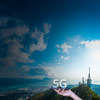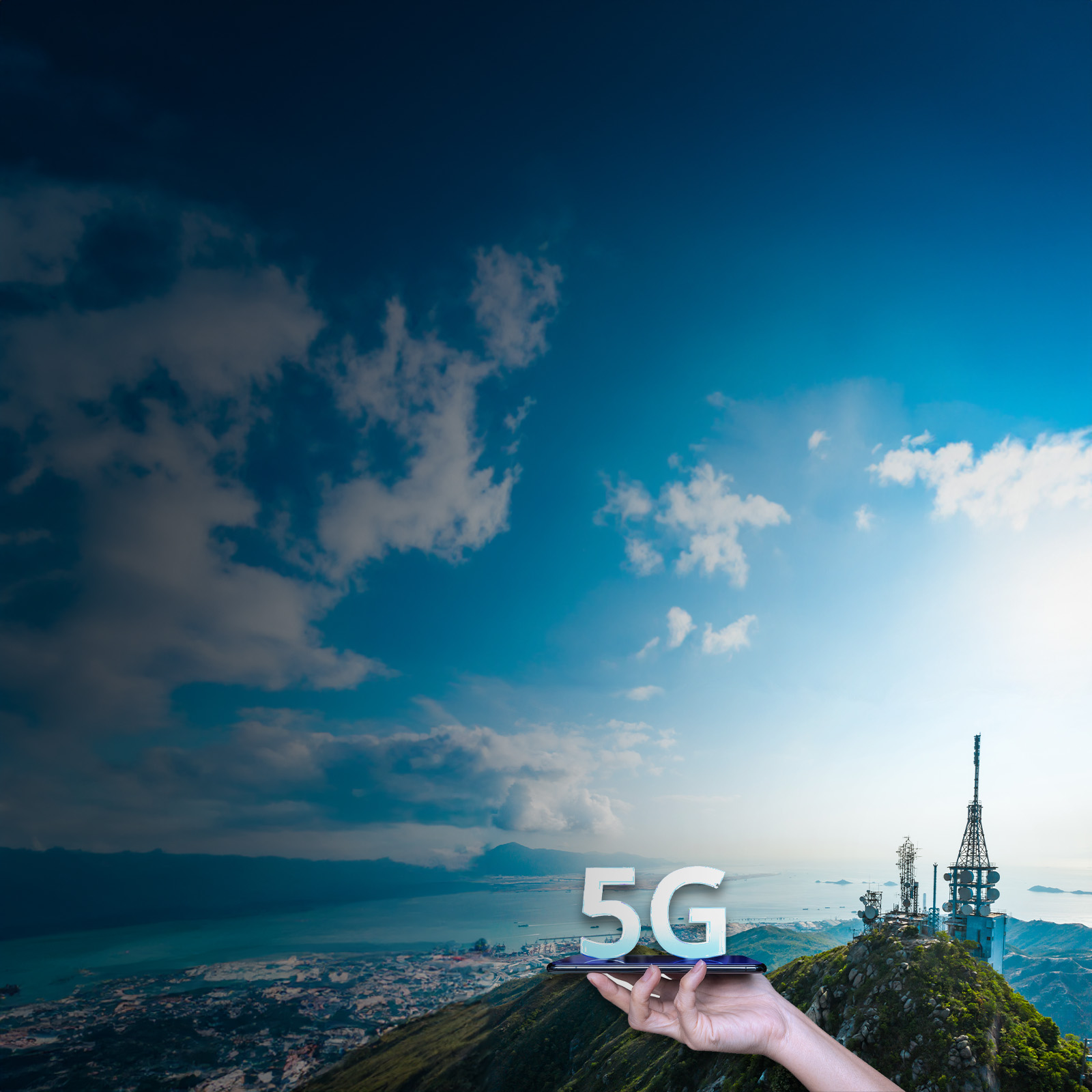Panasonic Industry has completed exposure experiments on its circuit board materials at the International Space Station (ISS). In the extremely harsh environment of space where microgravity, a powerful vacuum, cosmic radiation and temperature extremes occur simultaneously, the experiments confirmed the high quality and durability of these electronic materials.
Delivered to the ISS last March, the materials were exposed to the space environment for about three months. Returned to Earth in June, the samples were inspected by NASA and JAXA then delivered to Panasonic Industry for evaluation of changes in their material characteristics.
Initial evaluation shows no change in appearance and no cracks or voids. Electrical characteristics, dielectric contstant (Dk) and dissipation factor (Df) were also unchanged. Chemical analysis showed no changes. Secondary evaluation is planned over the next few months to look at heat analysis (glass transition temperature, thermal expansion coefficient, decomposition temperature) and cross-section observation.
This research will accelerate technological innovations in high-speed communication networks for ground-level communications and support the development of network equipment for non-ground-level communications: such as space exploration and High-Altitude Platform Station (HAPS) which will exist in challenging environmental conditions.
These are key elements in the sixth-generation mobile communication system, 6G.
These are the products that were tested:
MEGTRON Series:Low transmission loss multi-layer circuit board materials
FELIOS Series:Flexible circuit board materials
LEXCM GX Series:Semiconductor package substrate materials
XPEDION series: High frequency circuit board materials
HIPER V: Highly heat-resistant low CTE multi-layer circuit board materials
See the full press release here.

